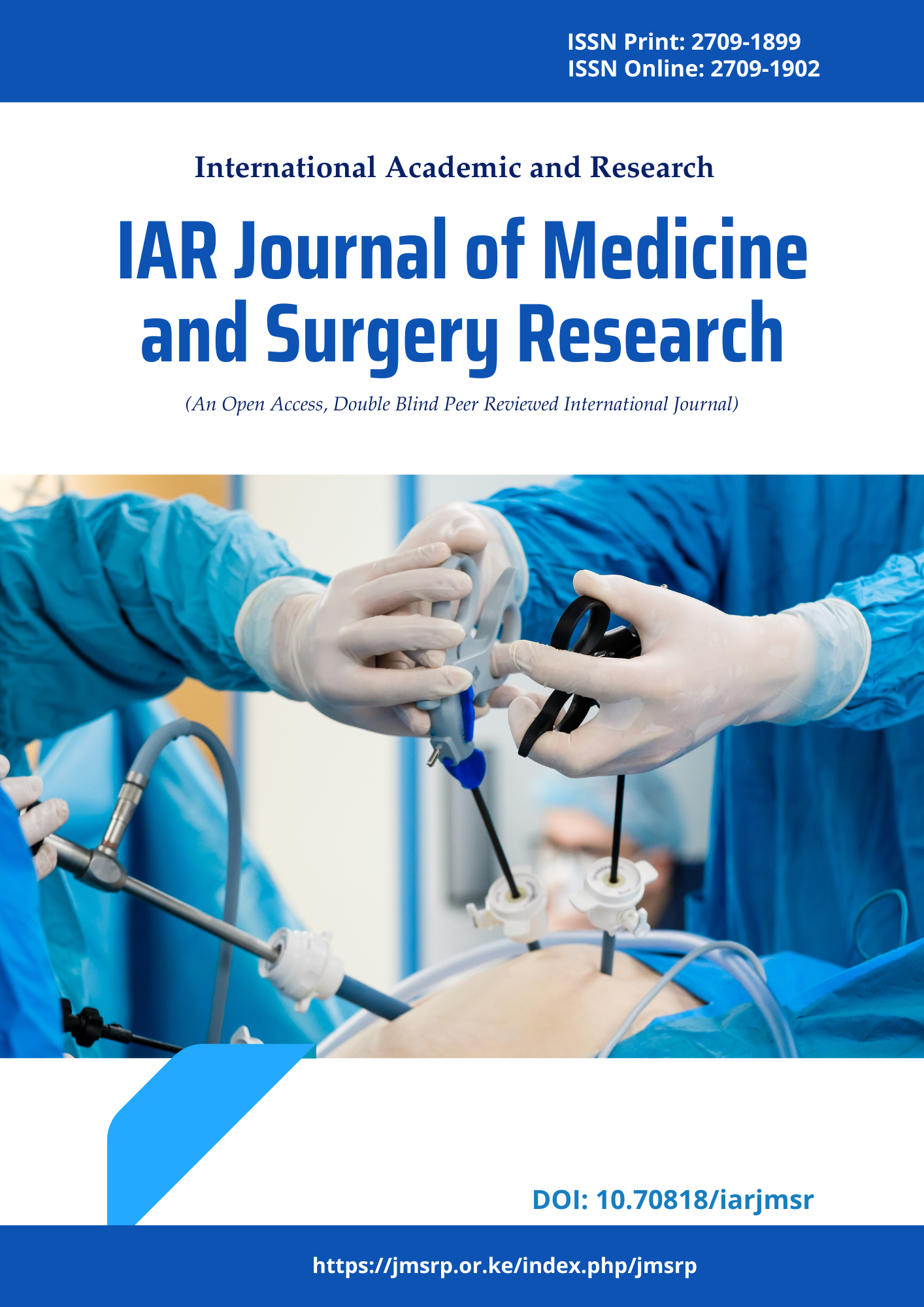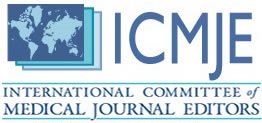A Study on Anti-Tubercular Drug Resistance Pattern in a TertiaryCare Hospital
DOI:
https://doi.org/10.47310/iarjmsr.2023.V04i06.05Keywords:
Anti-tubercular drug resistance, Mahbubnagar District, DOTS-Plus programmesAbstract
Background: Tuberculosis is one of the oldest infectious diseases known to mankind. Archaeological evidences from ancient civilizations have shown the existence of tuberculosis in the prehistoric era. Even though effective chemotherapy for tuberculosis has been available for decades, tuberculosis still remains as a public health challenge all over the world. Over the years not only the medical implications but also the social and economic impact of tuberculosis has been enormous. AIM: To measure anti-tubercular drug resistance pattern at S.V.S. Medical College and Hospital, Mahabubnagar District. Material & Methods: Prospective hospital based observational study. The study was carried out in the Department of Pulmonary Medicine, S.V.S Medical College and Hospital, Enugonda, Mahbubnagar. Mar. 2021 – Feb. 2022. Patients with both Pulmonary and Extra pulmonary tuberculosis who were attending to the study facility. study consisted of 50 subjects. 1.Collection of samples (sputum, bronchial wash, pleural fluid, synovial fluid & lymph node tissue). 2. Staining method was done by Fluorescence microscopy staining procedure. 3.Grading of the slide as per WHO. 4. Culture & DST was done on L-J medium and Proportionate method. Results: Among the resistant cases, isolated R resistance was observed in 10 cases (33.3%), R with H was observed in 12 cases (40%), R with S was observed in 2 cases (6.66%), R with H, S & Lfx was observed in 2 cases (6.66%) and R with H & S was observed in 1 case (3.33%). Conclusion: The study demonstrates that levels of R, MDR & XDR are more than expected levels when compared with other studies conducted in India as per global DRS guidelines. In view of these results, Multidrug resistance continues to be a serious problem in Mahbubnagar District of TELANGANA. R resistance can be considered as a surrogate marker for MDR-TB. On the basis of these results, it is now necessary to conduct more DRS in much larger population.
















